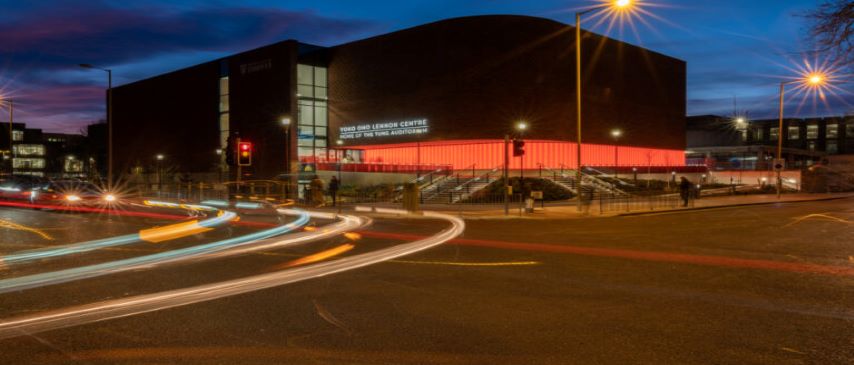
Rob Marrs - Carbon management and fire in the British Uplands: to burn or not to burn
- 0151 795 0619
- Jamie Hughes
Add this event to my calendar
Click on "Create a calendar file" and your browser will download a .ics file for this event.
Microsoft Outlook: Download the file, double-click it to open it in Outlook, then click on "Save & Close" to save it to your calendar. If that doesn't work go into Outlook, click on the File tab, then on Open & Export, then Open Calendar. Select your .ics file then click on "Save & Close".
Google Calendar: download the file, then go into your calendar. On the left where it says "Other calendars" click on the arrow icon and then click on Import calendar. Click on Browse and select the .ics file, then click on Import.
Apple Calendar: The file may open automatically with an option to save it to your calendar. If not, download the file, then you can either drag it to Calendar or import the file by going to File >Import > Import and choosing the .ics file.
After a brief general outline of the conflicting issues, I will outline some work already published where we attempt to consider prescribed fire versus wildfire using a matrix-modelling approach (develoepd by Kath Allen). I will highlight a major problem with our model. Thereafter, I will digress and illustrate how some new work originated quite fortuitously that allows us to plug this important gap in out model. This new work has come about through joint work with Professor Chiverrell. In brief we can now measure the impacts of prescribed fire on net carbon accumulation rates in the underlying peat. I will finish with a view on how we can develop this new work into a revised model for moorland at one of Britain’s flagship Ecological Change Network sites.
